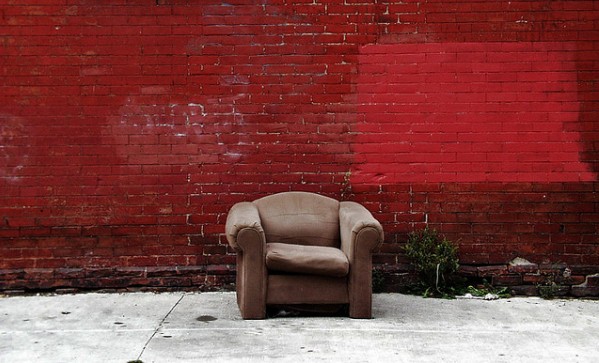Friend, and Like: two words whose everyday meanings used to be quite simple. In today’s post-Facebook times, those meanings are changing from qualitative to quantitative. In the process, they are arguably being cheapened, though not (yet) dragged down to the level of Craigslist NSA hookups.
The primary goal of a new report from the American Academy of Pediatrics is to alert doctors about signs of teen “Facebook depression” (AAP’s term). The basic gist is that there is a reaction curve for Facebook popularity. Just as FB’ers perceived as “popular” — successful collectors of Friends and Likes — experience a distorted psychological boost, those who are not popular — not only “failing” to collect, but also garnering hater graffiti on their walls — undergo what amounts to amplified mental torture. Bullying, depression, suicide: The negative ripple effects are easily extrapolated.
Can doctors spot the middle touchpoint — depression? Possibly. Should other adult authority figures be watching out? Sure, particularly educators and parents. Can this kind of cyber-depression also affect children of all ages, a.k.a. mature adults? Absolutely — from your Simon Cowells to your Liam Gallaghers and Anne Coulters (possibly even your Stephen Harpers and Yann Martels), no one wants to epic-fail a popularity contest.
Depression is also a function of addiction, and commonplace internet obsession is a contributing factor, here. Dr. Gwenn O’Keeffe, lead author of the AAP’s social media guidelines, has been widely quoted as saying that “Facebook is where all the teens are hanging out now. It’s their corner store.” At first blush, “mall” might seem a more appropriate descriptor, but the doctor’s point is still sound. (Metaphoric bonus: the modern-day street corner, avec convenience store, tends to have a drug connotation.)
O’Keeffe’s quote looks inward, pointing out that social media interaction is most often rooted in virtual groups whose members are convening from points of isolation (versus loneliness). Which is one of the phenomenon’s coolest aspects: the relative ease of belonging that it affords. I’m all for it, and I am enjoying what amounts to watching the revolution unfold — whether that revolution involves Flash Mobbing the student centre at University of Waterloo, or bears an upper-case R, as with the historic, game-changing political events in Egypt this past January. Per the popular, Glee-predating catchphrase: We’re all in this together. With social media, truly like never before.
Still, I think of us all tethered to our computers and mobile devices, and I remember Neal Stephenson’s more-than-a-little-prescient cyberpunk novel, Snow Crash (1992). Picture a drastically over-populated early 21st century society where people only really exist online — with so many of us on the planet, our physical bodies “live” in closets and our minds are jacked 24/7 into what Stephenson calls the “Metaverse.” Not exactly the stuff of The Twilight Zone, this vision, not anymore.
I also remember a Stephenson contemporary, a small-time Canadian stand-up comic — I say small-time not to be dismissive but, because the guy never made it big, his name is essentially lost — whose routine about the state-of-the-art Super Nintendo videogame system involved how “real” the interface was purported to be: The grass is greener than ever, the sky bluer… Well, we had that when I was a kid growing up, he said. It was called GOING OUTSIDE AND PLAYING.
So, all this by way of saying that we don’t need social media to see the Friends that we Like. And we could all afford to get together more; wireless is well and fine, but no strings attached is theoretically better, realer. Well, Craigslist NSA excepted.
——————–
Image courtesy of photoaf.


